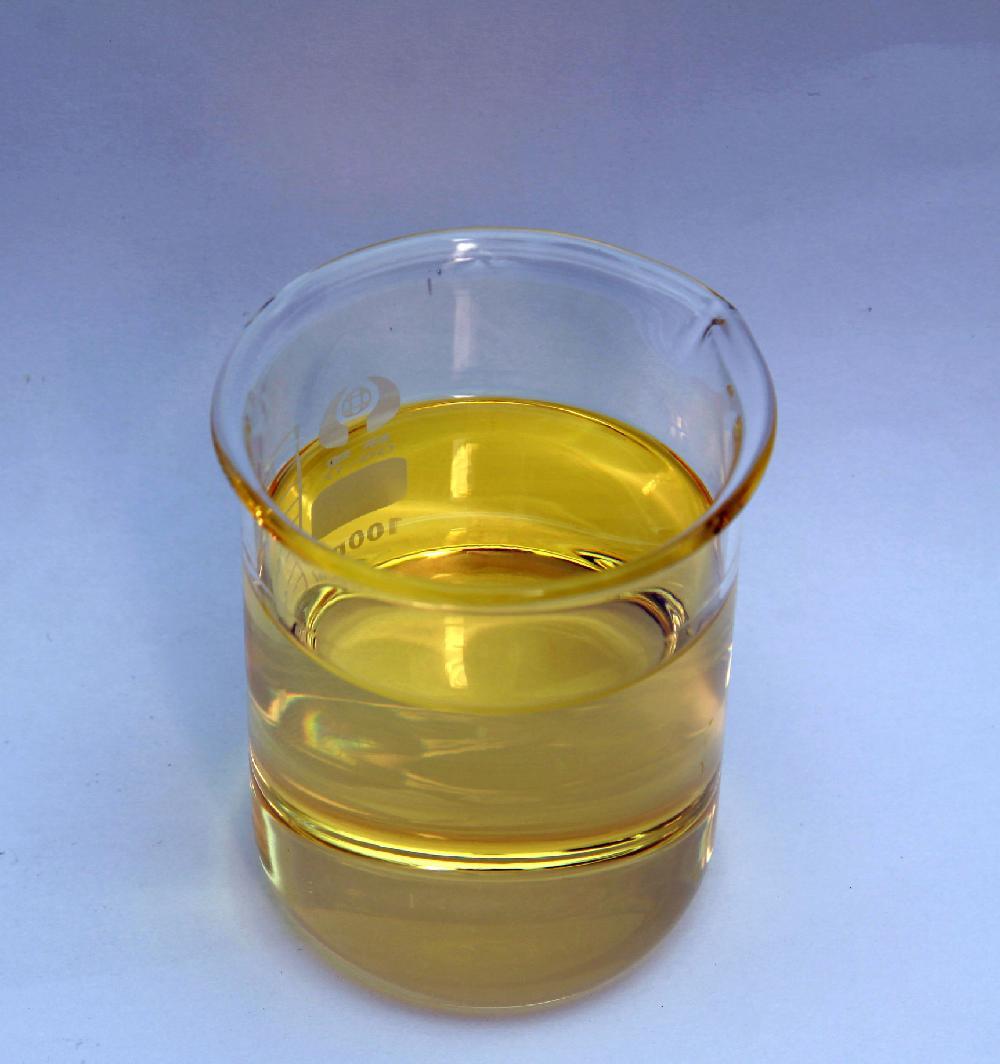Due to the large specific surface and surface energy of nanopowders, powder particles tend to agglomerate each other to reduce their surface energy, so powder particles are actually Exist in the form of reunion. In the nano-ceramic slurry, the powder particles do endless disordered Brownian motion. Particles will often collide with each other during “Brownian motion”, and they will be connected together due to the attraction effect. Secondary particles move slower than single particles, but may still collide with other particles and form larger aggregates until they are too large to move and settle out of suspension, a process called “agglomeration”. The purpose of adding a dispersant to the nanocolloid dispersion system is to prevent the formation of this “aggregation” and to fully disperse the nanoparticles in the dispersion medium.

There are many kinds of nano-ceramic powders, such as glaze, alumina, zirconia, etc., and nano-powders generally refer to ultra-fine ceramic powders with a particle size of less than 1000 nanometers Particles, and the use of nano-ceramic powder as the raw material of the ceramic body has smaller gaps between the particles. Compared with traditional ceramic glazes, the sintered nano-ceramic glazes are smoother and more delicate, and have better heat resistance and corrosion resistance. good.
However, the particle size of the nano-powder is small, the specific surface area is large, and the surface energy is high. The anti-fracture performance becomes lower, so it is necessary to add a suitable nano-dispersant in the process of preparing the nano-ceramic slurry to reduce the surface energy of the nano-ceramic powder and achieve a uniform dispersion effect.
At present, nano-sand mills are generally used, adding a suitable dispersant, and the nano-agglomerates are opened by the mechanical force exerted by the sand mill, and then the slurry The special dispersant forms steric hindrance and electrostatic force through adsorption/grafting/method to achieve the effect of uniform dispersion. At the same time, in the process of die-casting the ceramic powder into a green body, the high temperature will burn off the dispersant, and will not remain on the ceramic, and will not affect the performance of the ceramic product. What’s more, the dispersant will not interact with other elements in the ceramic slurry. React

 微信扫一扫打赏
微信扫一扫打赏

